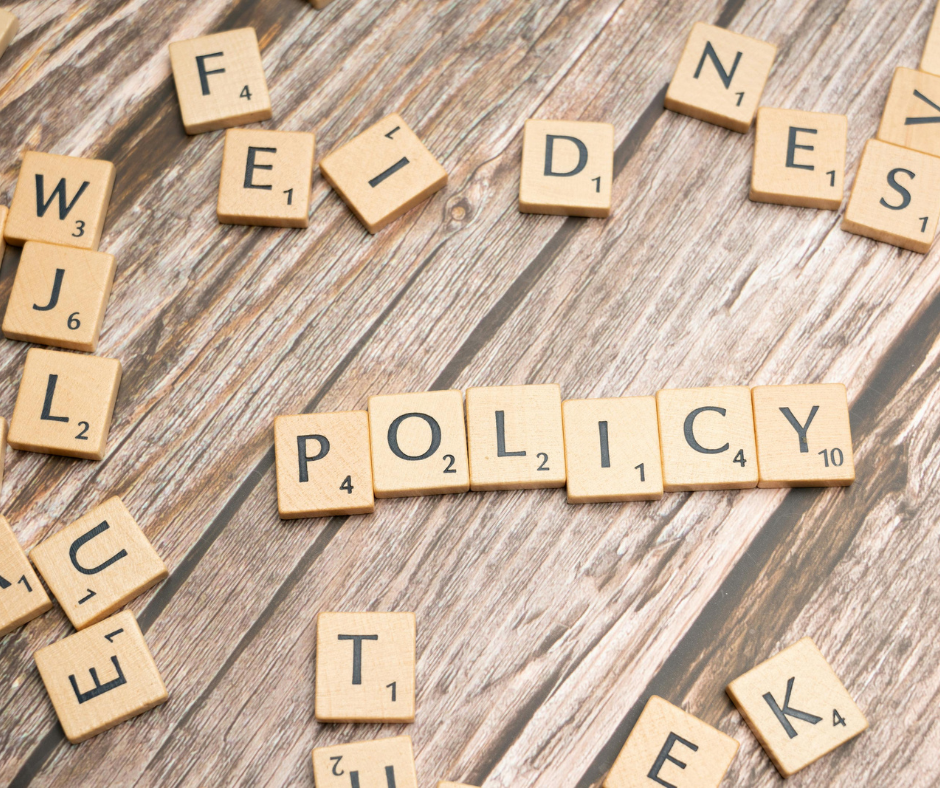Bullying remains a widespread issue in today’s workplaces, and when faced with it many people are unsure how to respond – whether they’re the target of bullying or a witness to it.
By learning how to recognise and respond to bullying, organisations can foster a safer and more supportive working environment for everyone.
What is the definition of bullying in the workplace?
 There’s no official legal definition of workplace bullying, but it’s generally when someone’s repeated behaviour makes others feel intimidated, excluded, or miserable at work.
There’s no official legal definition of workplace bullying, but it’s generally when someone’s repeated behaviour makes others feel intimidated, excluded, or miserable at work.
It might look like constant criticism, gossiping, leaving someone out on purpose, or setting impossible tasks.
Bullying and harassment aren’t the same. Bullying is repeated behaviour that makes someone feel intimidated, excluded, or humiliated, and isn’t tied to who they are.
Harassment targets someone because of a personal characteristic, like gender, race, age, or religion, and is illegal.
It’s worth remembering that not every tense moment at work counts as bullying — things like fair feedback, a difference of opinion, or a one-off disagreement are all part of normal working life when handled respectfully.
The key is how often it happens and how it makes people feel.
What impact can bullying have on an organisation?
Workplace bullying is not just an issue for the individuals directly involved; it affects the organisation as a whole.
When bullying occurs, teams often experience a drop in morale and a breakdown in trust.
Employees who are targeted, or who witness bullying, may feel anxious, demotivated, or unsafe, which can lead them to disengage from their work or even consider leaving the organisation entirely.
High staff turnover is costly, requiring time and resources to recruit and train replacements, and disrupting team dynamics.
The negative effects extend beyond individual performance. Stress caused by bullying reduces productivity, and absenteeism can increase as employees struggle with the emotional and physical toll of a toxic environment.
Even employees who are not directly involved may experience a decline in focus, creativity, and motivation, as fear or discomfort reduces their ability to work effectively.
A workplace culture that tolerates bullying can also have long-term reputational consequences.
Organisations that fail to address bullying risk being seen as unsafe or uncaring, making it harder to attract and retain talented professionals.
Clients may also notice the atmosphere, potentially affecting business relationships and brand perception. Over time, the costs of ignoring workplace bullying can be significant to an organisation.
How do you handle bullying in the workplace?
 Dealing with bullying in the workplace starts with having a clear, well-communicated policy that sets out what behaviour is unacceptable and how issues will be handled.
Dealing with bullying in the workplace starts with having a clear, well-communicated policy that sets out what behaviour is unacceptable and how issues will be handled.
It’s essential that any reports are taken seriously, investigated thoroughly, and treated confidentially, so employees feel safe speaking up without fear of retaliation.
Providing regular training for staff and managers also helps everyone recognise bullying, understand its impact, and know how to respond appropriately.
But handling bullying isn’t just about reacting to incidents, it’s also about creating a positive culture.
Regularly examining how the workplace operates, encouraging open communication, and promoting respect and inclusivity can prevent bullying before it starts.
How can WA Management help?
WA Management offer an online Bullying in the Workplace training course, focusing on preventing workplace bullying and fostering a positive working environment.

Bullying in the Workplace and Disciplinary and Grievance Procedures training courses are essential tools in improving workplace culture and employee wellbeing. Make sure you don’t miss out on our 10% off deal on these courses, available until the end of November. Simply enter the code ‘culture10’ at checkout to save!
Read more Consultant’s blogs here.
To keep up to date with the latest health & safety news and advice, follow us on social media:

